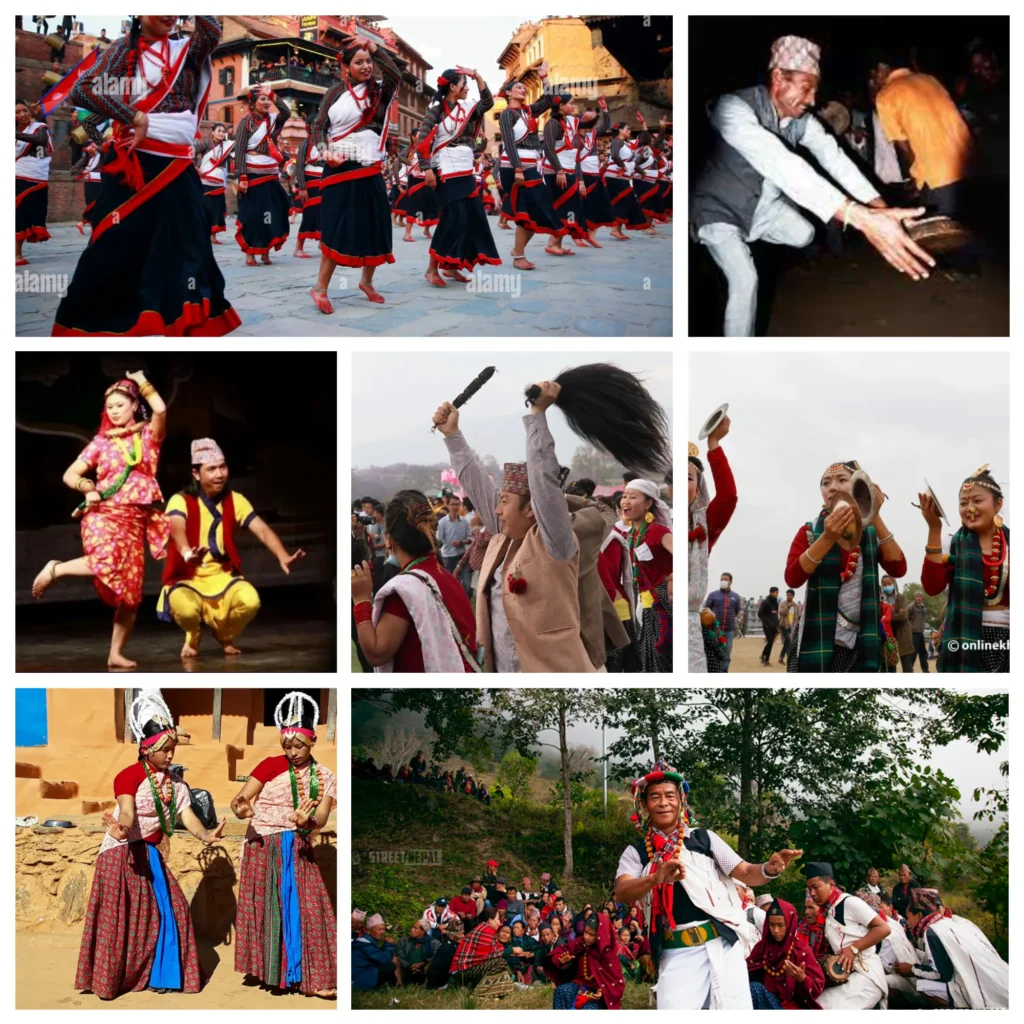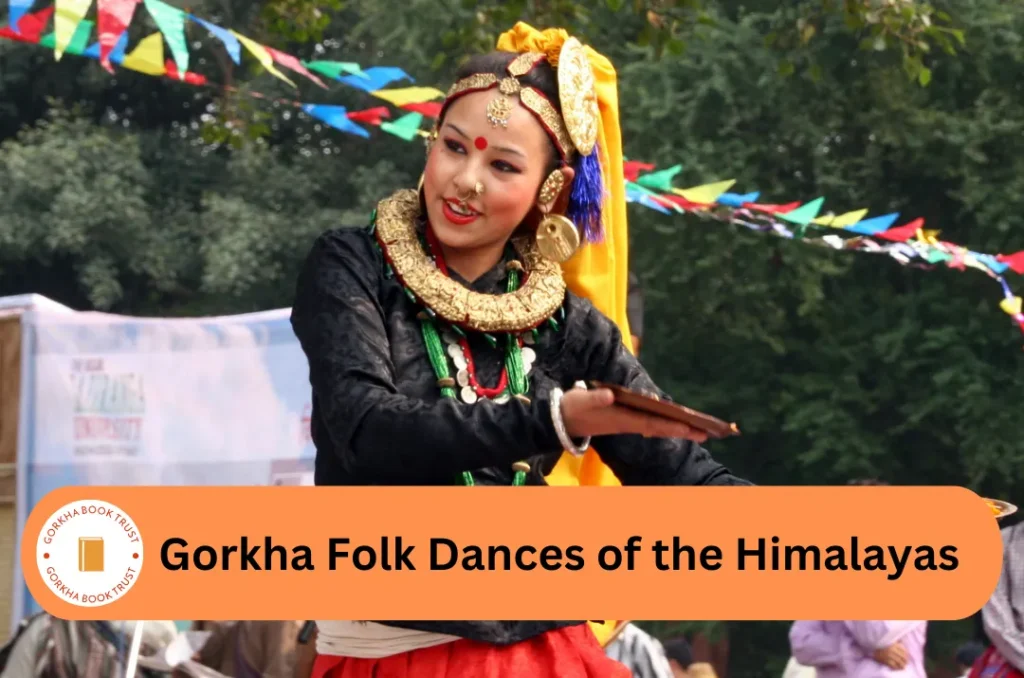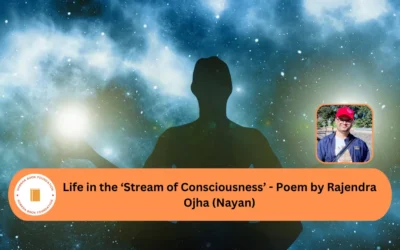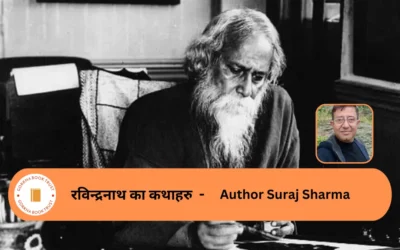- Pingback: Sahitya Akademi – Nepali Advisory Board
- Pingback: Remembering their roots: Gorkhali Community of Dharamshala
- Pingback: North East Gorkha Cultural Festival to be held at Chümoukedima, Nagaland
Gorkha Folk Dances of the Himalayas
The Nepali-speaking Gorkha people are a culturally diverse community with a rich tradition of dances that vary based on ethnic groups, regions, and occasions. Living predominantly in the Himalayan region, the Gorkha community is made of a diverse ethnic groups, each with its own unique cultural practices and dances.

Here, we have compiled a list of popular Dance and folk traditions of the Nepali-speaking Gorkha community. Each dance carries its own cultural significance and contributes to the rich tapestry of Himalayan heritage.
Ghatu Nritya – Gurung Folk Dance
Ghatu dance tells the story of King Pashramu and Queen Yambawati (also known as Champawati) and is peformed by two main dancers. Very commonly, unmarried girls from 11 to 19 years old perform this dance.
Sorathi Nritya – Gurung Folk Dance
Popular in Western Nepal, this dance is performed during Tihar and Dashain festivals. It retells the story about a king having seven wives and his tragic life story, with a lesson on evil and good deeds.
Maruni Nritya
One of the oldest dance forms of Gorkha community living in Sikkim, Darjeeling, Dooars, Nepal, and Bhutan. Dancers wear colorful clothes, sparkling ornaments, and nose rings. THe dance features a clown, called ‘Dhatu Waray’ meaning liar, accompanies these dancers and acts as a comedian.
Dhan Nach – Limbu folk dance
This dance form showcases cultural practices of the Limbu people as they sing ‘Palam’. This dance form narrates the history and the mythical beliefs of the Limbus community.
Chandi Naach – Rai Folk Dance
A traditional dance form worshiping Lord Shiva and Goddess Parvati, praying for success, peace and good crops for their village. Dancers who performed this dance have to show cheerful and charming faces.
Lakhey Dance
Lakhey is believed to be a devil who always keeps his place by chasing away other devils, and punishing those trespassing his territory. Lakhey dance is performed during Indra Jatra festival falling in the month of September.
Damphu dance – Tamang Folk Dance
Folk dance of the Tamang community, who are known as straightforward, honest, and hardworking people. Damphu dance showcases the desire to enjoy life through music, and the dance form is accompanied by the damphu (hand drum), which is central to the dance.
Sakela Naach – Rai Folk Dance
Popular among the Rai and Kirat communities, this dance is performed by these communities during Sakela Ubhauli and Sakela Udhauli, twice a year during Baisakh Purnima (full moon) and Dhanya Purnima.
Dhime Naach – Newar Folk Dance
This dance is popular in the Kathmandu Valley and among the Newar community. Dhime is a rhythm-centric dance where the people dance to the music of the ‘Dhime baja’ (a type of drum) which sets a very energetic vibe during the festival.
Balan Naach – Khas Folk Dance
This is a popular dance, especially among Brahmins and Chhetris perform this dance with musical instruments such as khaijadi (a type of traditional drum), singing bhajans and songs dedicated to the Gods, along with theatrical performances.



